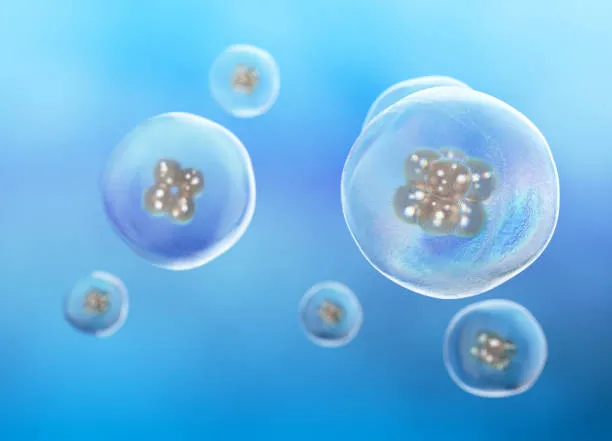Scientists have created synthetic embryos from stem cells

Scientists in their pioneering research have produced artificial human embryos using stem cells, in a significant breakthrough that bypasses the need for eggs or sperm.
Model embryos, which resemble human development's earliest stages, constructed through this method could provide insight into the influence of genetic impairments and the biological factors behind recurring miscarriage. Nonetheless, the experiment's moral and legal implications are significant since the lab-grown embryos fall outside current UK and most other countries' laws.
The artificial structures incorporate cells that would usually develop into the embryo, the yolk sac, and the placenta, but do not have the beginnings of a brain or a beating heart.
On Wednesday, Professor Magdalena Żernicka-Goetz of the University of Cambridge and the California Institute of Technology spoke at the International Society for Stem Cell Research's annual meeting in Boston to describe the procedure. She said during her plenary address, “We can create human embryo-like models by the reprogramming of [embryonic stem] cells.”
There is no possibility of the lab-generated embryos being utilized clinically in the near future since they cannot yet develop beyond the earliest stages of life. It is also unfeasible to implant the structures into a woman's uterus legally.
Scientists undertaking the experiment desire to understand the "black box" period of fetal development, a stage researchers cannot cultivate beyond 14 days. Embryos donated to research activities or pregnancy scans are the only sources available for pick up research after the legal restriction.
Robin Lovell-Badge, head of stem cell biology and developmental genetics at the Francis Crick Institute in London, hailed the breakthrough, saying, “The idea is that if you really model normal human embryonic development using stem cells, you can gain an awful lot of information about how we begin development, what can go wrong, without having to use early embryos for research.”